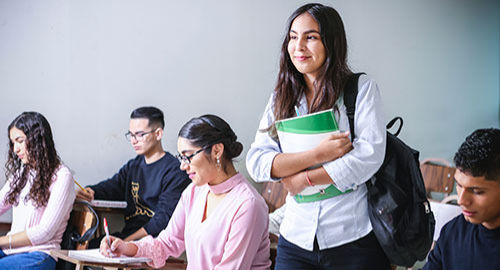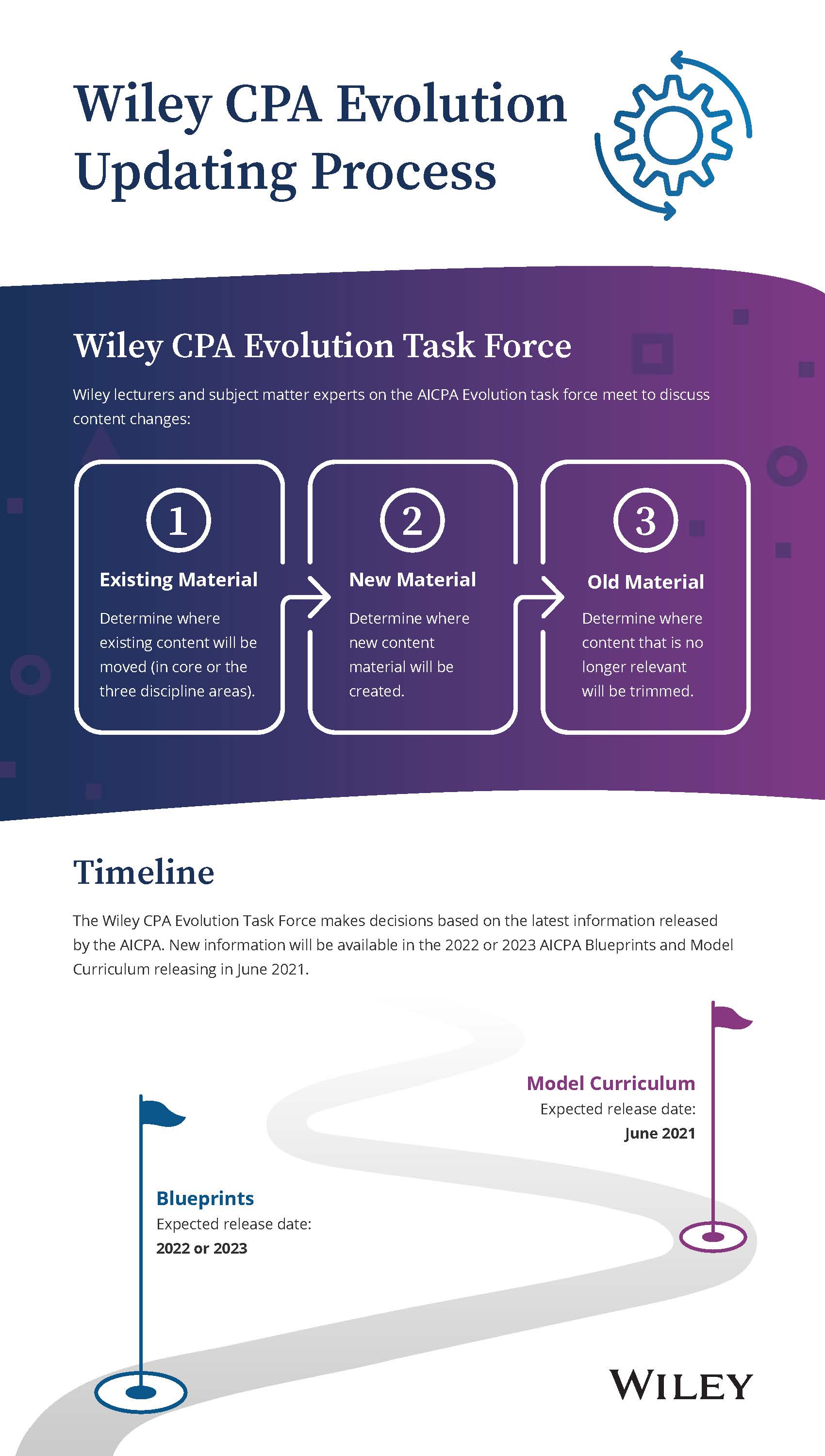Keep in mind that learning is enhanced when learners are actively involved. Therefore, it is important to develop a plan for including learner participation activities when lecturing. Also, to facilitate learners’ understanding of the material, lectures should be clear and well organized. We recommend the following components:
1. Active Interaction With the Instructor
Prepare questions to use at various points during the verbal presentation; encourage or direct learners to answer and enter into discussion with the instructor. These questions should be prepared before the presentation and should assess understanding rather than rote recall. Decide on places to stop a presentation (often at the conclusion of a section or the end of information presented on a concept), and ask questions to measure understanding and encourage discussion. Instructors can use clickers (devices allowing individual students to select an answer, with the results displayed for the instructor or class) to check the understanding of the larger group and display the summary of answers on multiple-choice or true/false items.
2. Note Taking
Encourage note taking by learners so that they will actively work with the material. Notes taken in the students’ own words are useful in producing meaningful learning rather than rote memorization. If a PowerPoint presentation is used as part of the lecture, handouts with the slides can be provided so students do not need to copy each word from the slide but can focus on the lecture and take relevant notes.
Larwin and Larwin (2013) conducted a meta-analysis of guided notes in postsecondary education and found a positive, moderate impact on student learning. Here, guided notes might include cues and empty space for learners to fill in missing information from a lecture, encouraging more active participation.
Hartley (2002) and
Donohoo (2010) provide suggestions for using structured note taking to improve comprehension during a lecture. For example, Hartley’s structured notes might include the phrase “There are three characteristics of cumulonimbus clouds.” Then, on the next three lines are the numbers 1, 2, 3, where the student can write the characteristics as they are presented.
3. Handouts
Consider preparing structured notes on topics requiring the learner to (a) fill in an outline of content (e.g., structured notes), (b) complete diagrams that accompany visuals used in the presentation, (c) write replies to questions, (d) solve problems, and (e) make applications of content and concepts as the presentation proceeds. Learners can also complete self-check exercises or quizzes of the content presented. The key is to stimulate active processing of the information. For this reason, detailed notes are generally not recommended because they eliminate the need for the students to generate their own. Other forms of handouts include slides from a multimedia presentation such as PowerPoint that allows you to print three slides per page with room for notes.
4. Other Mental Activity
Encourage thinking by helping learners verbalize answers mentally to rhetorical or direct questions that you or another learner poses. You can also ask learners to formulate their own questions relating to the materials for use in follow-up, small-group sessions.
5. Terminology
Use clear terminology and meaningful examples to illustrate concepts.
6. Organization
Organize the lecture by constructing an outline. Bring the outline (or note cards) to the presentation and talk “from” it rather than reading it verbatim (a guaranteed painful experience for listeners). Unless you are very accomplished as a lecturer and highly familiar with the presentation, do not try to speak extemporaneously; a frequent result is a disorganized and rambling presentation.
7. Enthusiasm
Show enthusiasm and interest in your subject.
8. Format
• Orient the students to the topics (an outline, story, or overview).
• Review prerequisites.
• Present the material in a clear, organized way.
• Ask questions.
• Provide independent practice.
• Review and preview.
Excerpted and adapted from The Secrets of College Success, 3rd Edition by Lynn F. Jacobs, Jeremy S. Hyman. Copyright ©, 2018, Wiley. All rights reserved.












